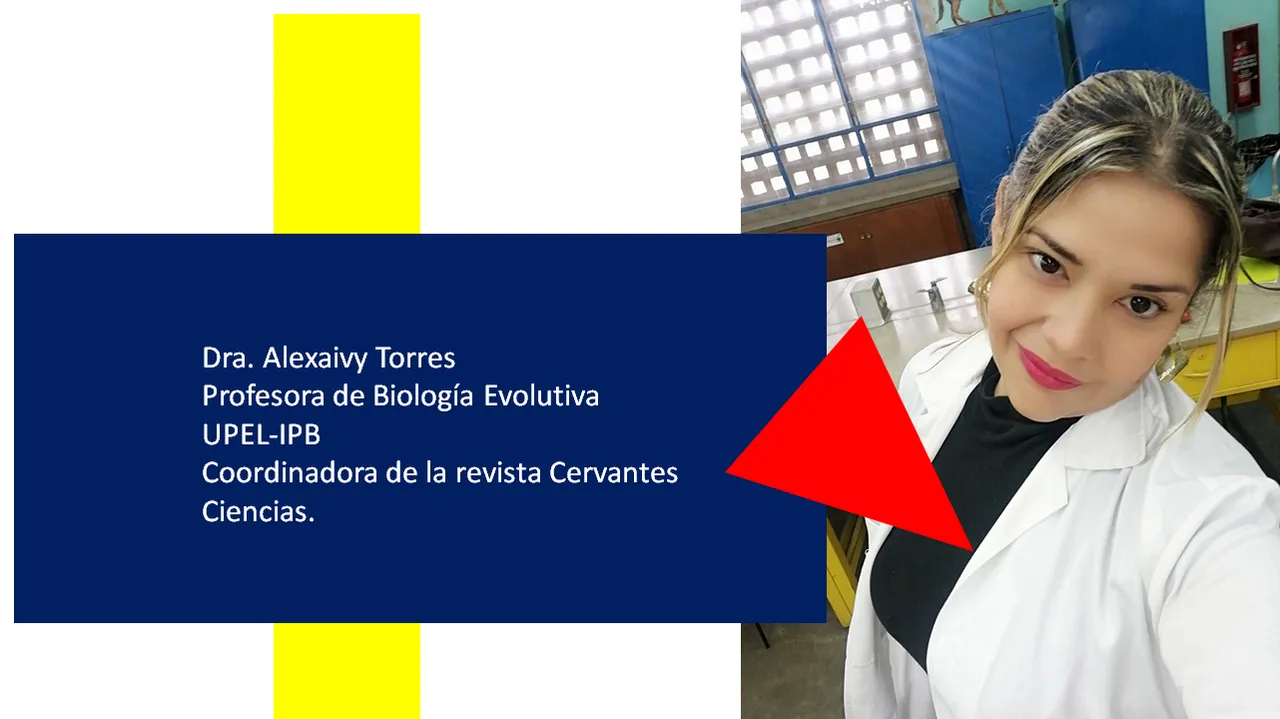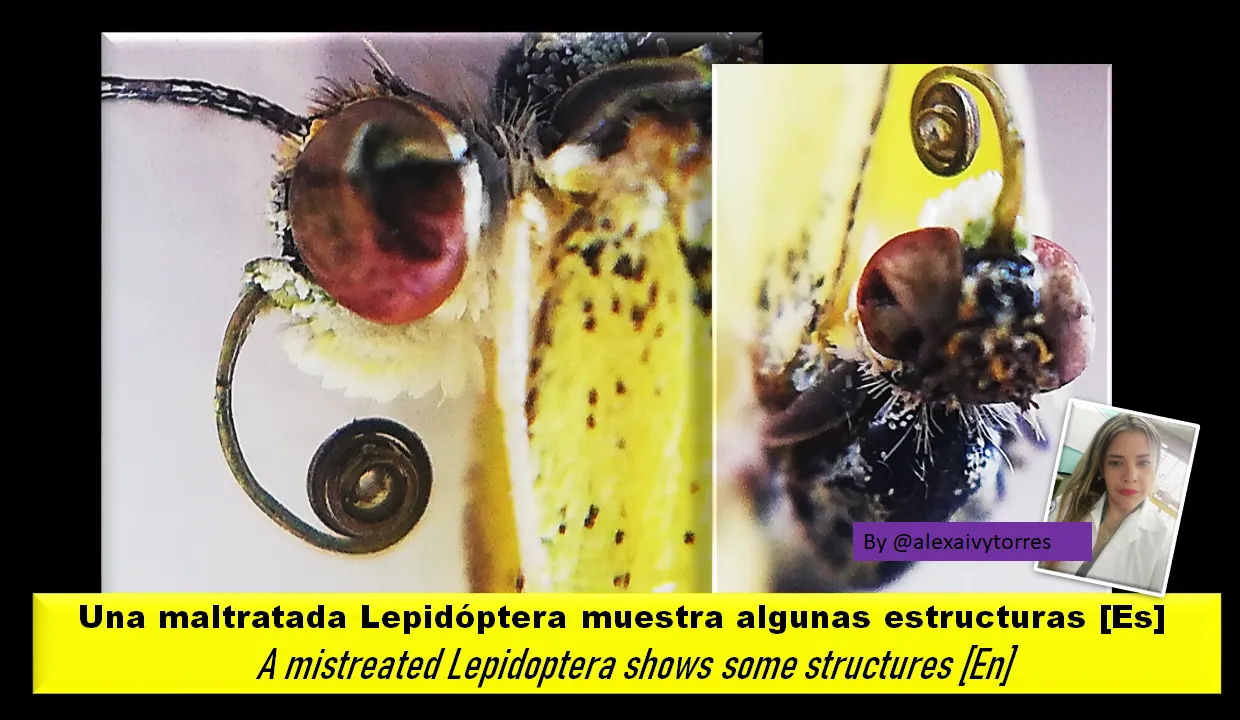
Hoy en mi transitar diario, me encontré una mariposa muy lastimada, y a pesar de que no había sido tocada aparentemente por las hormigas, ya no mostraba algunas extremidades. No podía dejar de tomar algunas fotografías para compartirlas con la comunidad. Este grupo animal, es uno de los más hermosos que la evolución ha mostrado, y aun con su deterioro, de seguro se maravillarán con las imágenes capturadas.
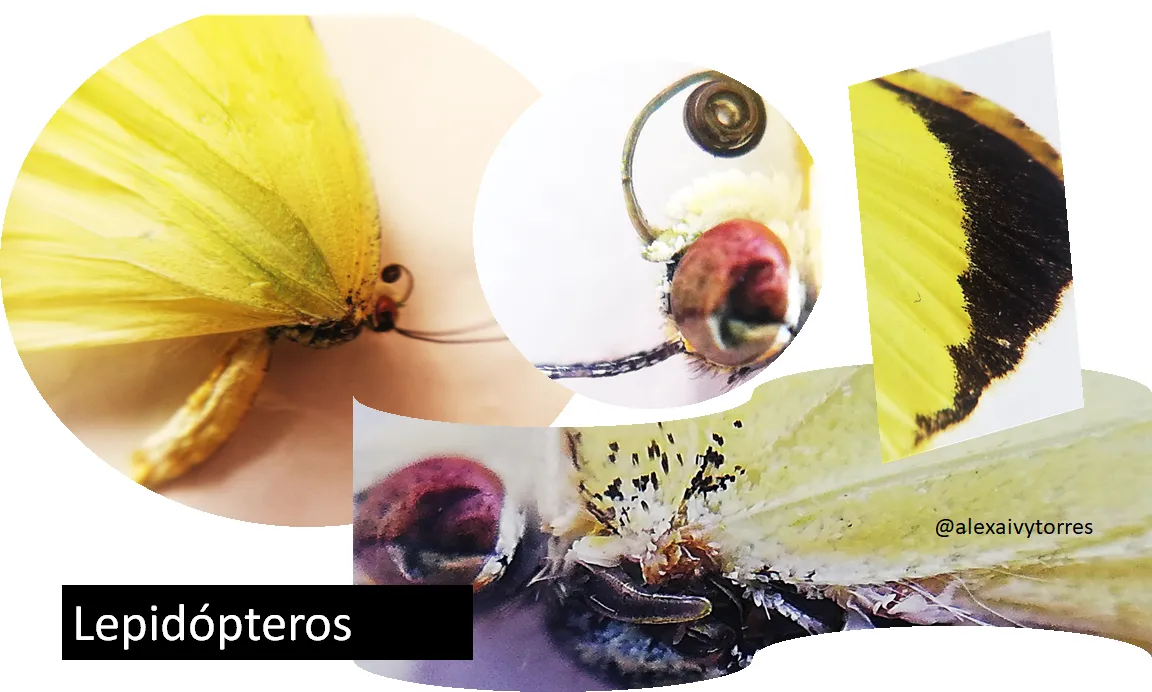
Equipo de Observación
Siempre cargo mi lentillas macro y ojo de pescado a la mano ¡No sé qué vaya a encontrar! Y en vista que la pandemia nos ha alejado de los laboratorios universitarios, son una gran herramienta. Sus luces Led me ayudan a encontrar un mejor enfoque y ayudada por los lentes Leica de mi Huawei P20 logro obtener fotografías bastante llamativas.
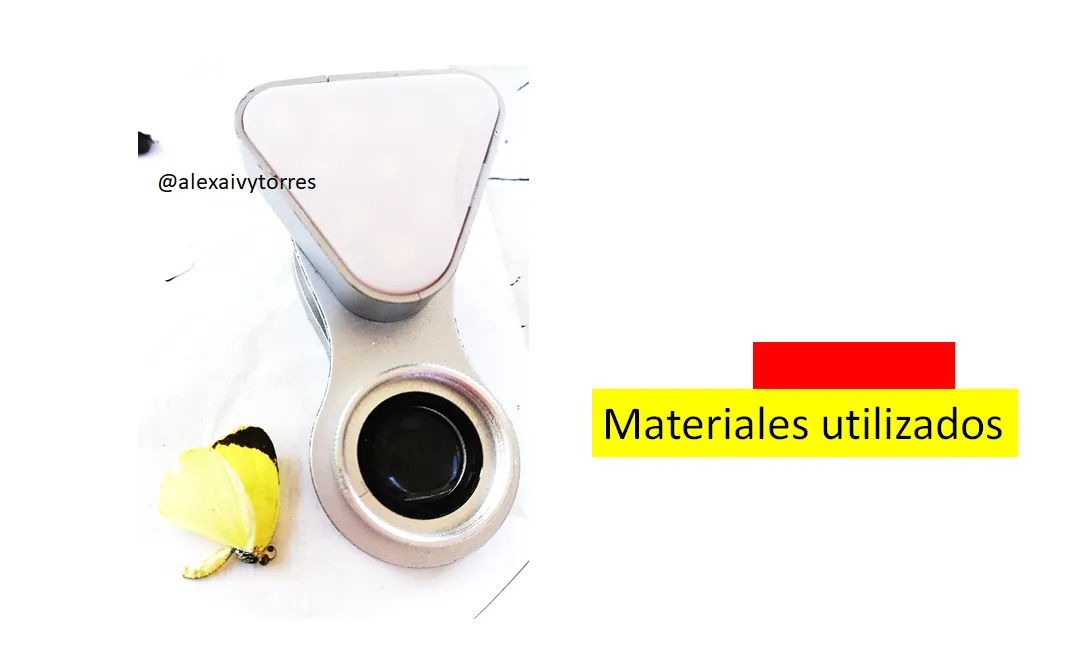
Algunos hallazgos
Como de seguro lo han escuchado, las mariposas son animales invertebrados, pertenecientes al grupo de los insectos. La radiación adaptativa alcanzada por este grupo, los ha traído a la Tierra. Se caracterizan por poseer alas, tal vez parte del secreto de su éxito evolutivo, sumado a sus ojos compuestos, la simetría bilateral, antenas, patas y su trompa chupadora o espiritrompa.
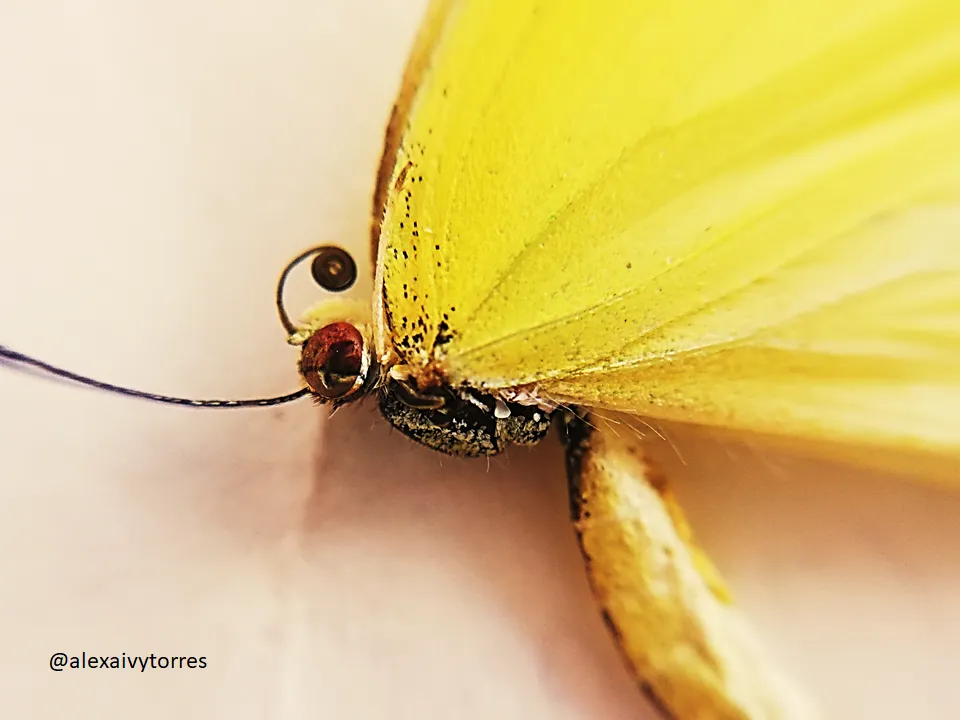
Esa trompa chupadora, presente en los adultos, le permite succionar sustancias líquidas incluyendo el néctar de las flores ¡Esto lo hace ser un buen polinizador!
Sus alas escamosas son muy delicadas al tacto, lo que me impide poder abrirlas para fotografiar. Sin embargo, cuando se aprecia desde diversos ángulos se pudo constatar, la sedosidad de sus alas, la venación de las mismas, muy similar a los vasos de una hoja, sus ojos compuestos, las antenas y su larga espiritrompa, que se nos muestra como un zarcillo vegetal.
Su región abdominal, se observó bastante deteriorada, al igual que su tórax. Por alguna razón, natural o por impacto antrópico este espécimen, dejó de vivir. Como todos los insectos, hacen metamorfosis; sin embargo, la de estos es completa, pues van desde la pupa hasta la transformación dentro de un capullo.
Les comparto las imágenes capturadas y editadas con Microsoft Power point:
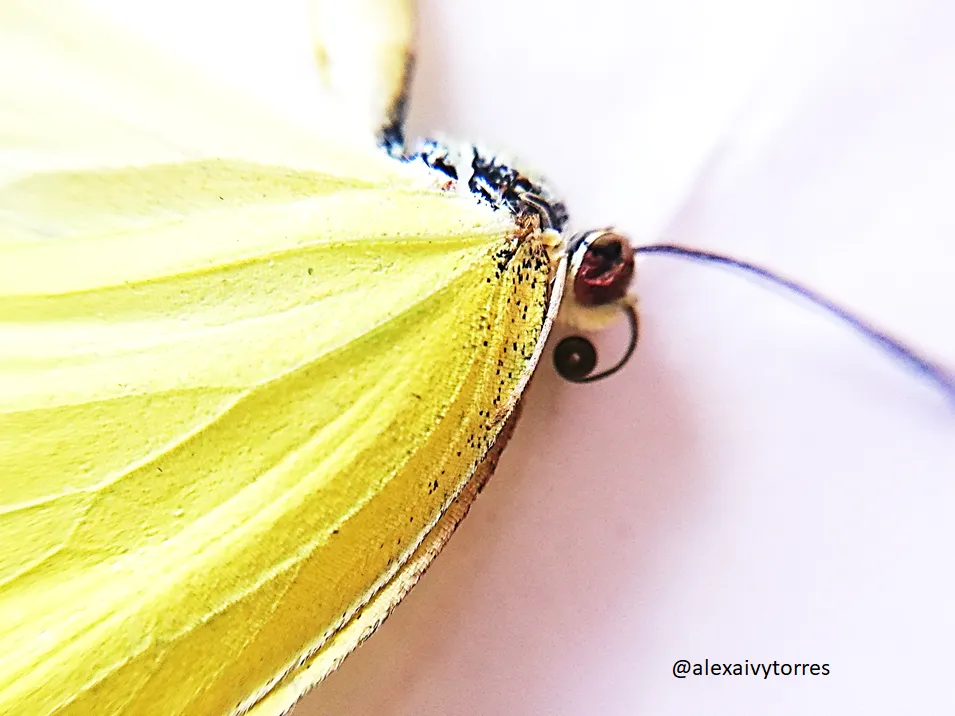

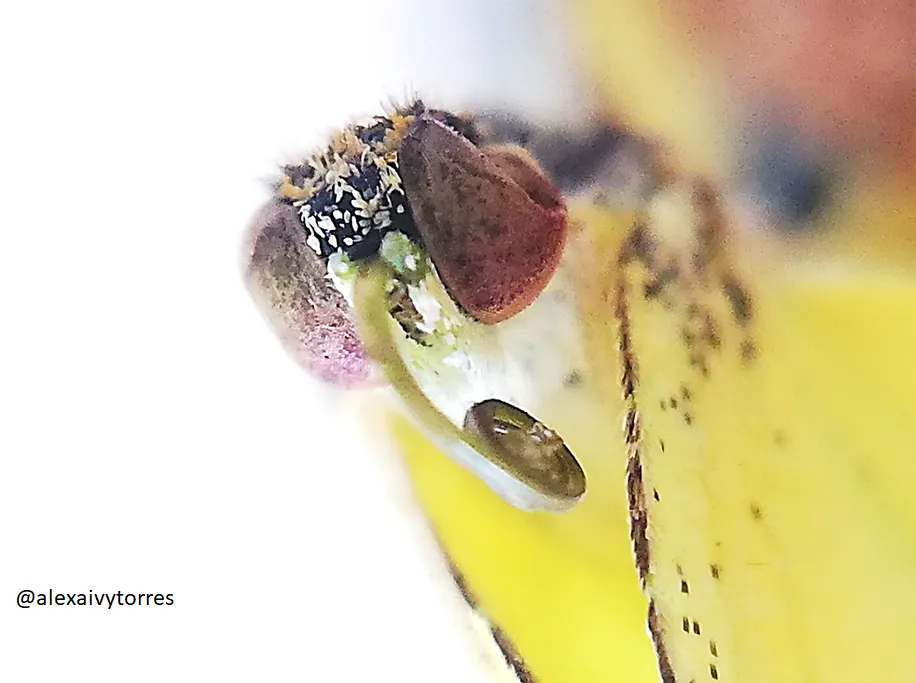
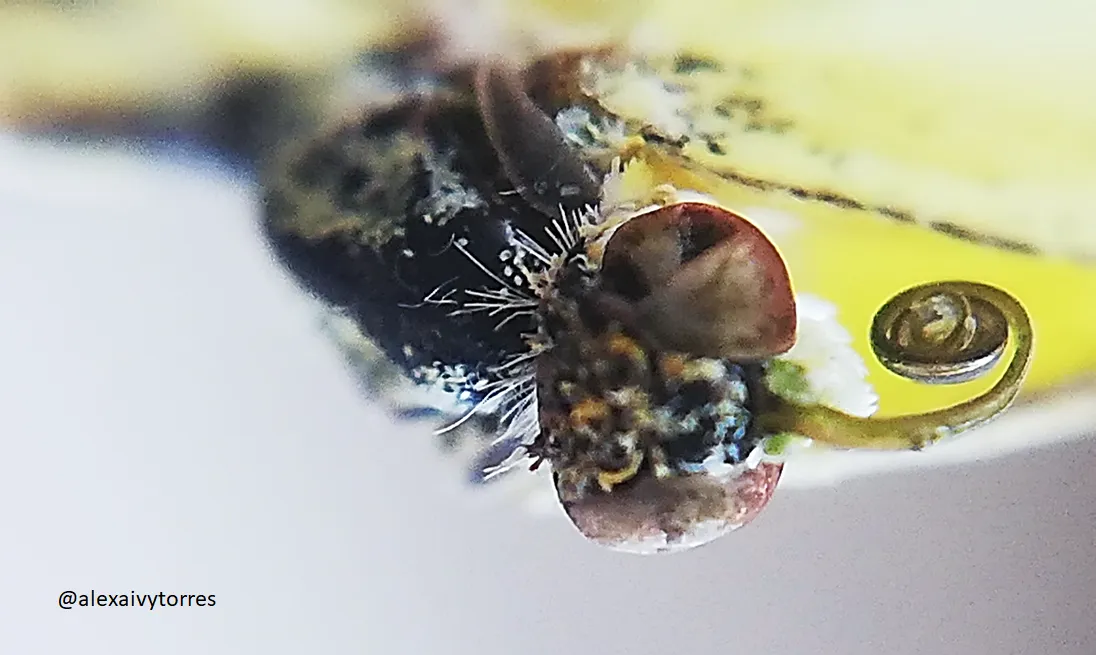
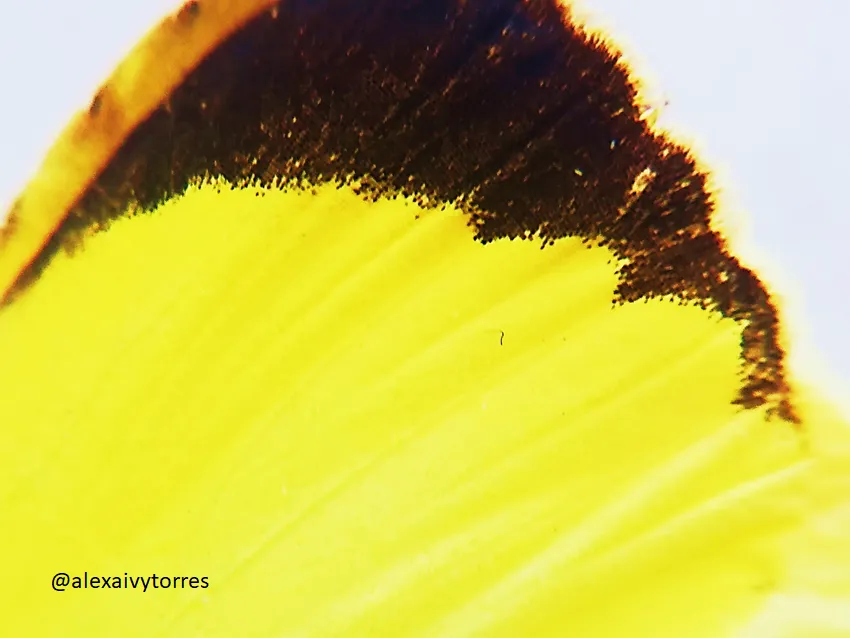
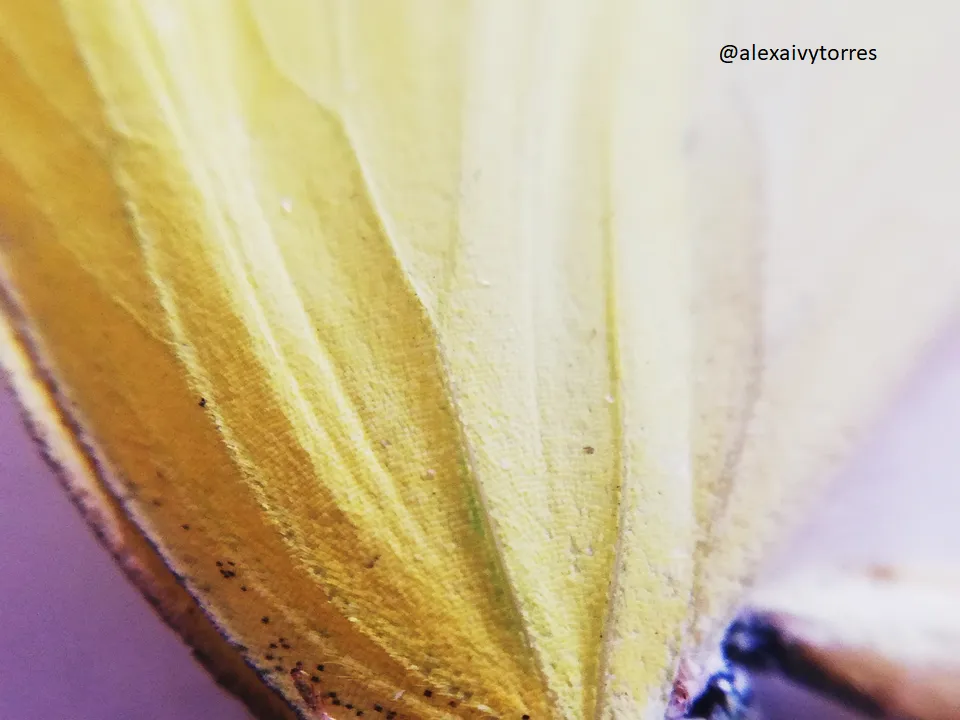
Reflexiones finales
Por pertenecer al grupo de los insectos, los lepidópteros se muestran bastante diverso en formas, colores y horarios, pues algunos son diurnos, y generalmente tienen colores vistosos y otras son nocturnas. Su trompa chupadora, retráctil y fina, le permite succionar el néctar de las flores al mismo tiempo que cumple su nicho ecológico en el planeta Tierra.
Gracias por leer
Las imágenes pertenecen al autor
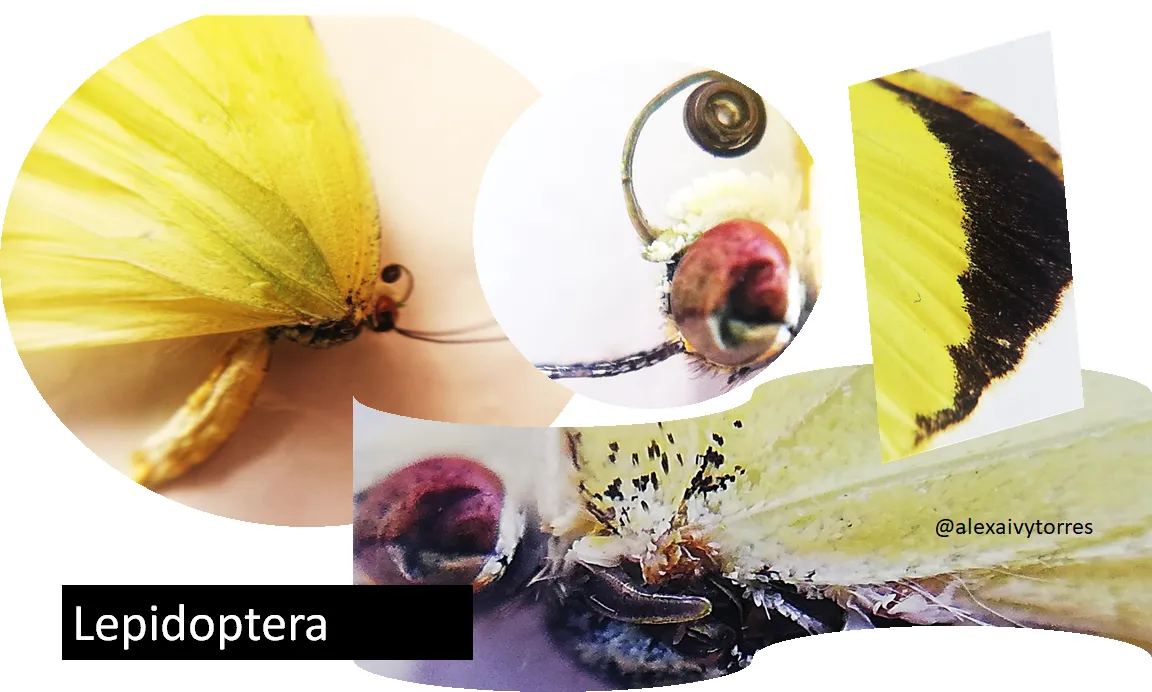
Today in my daily transit, I found a very injured butterfly, and although it had apparently not been touched by the ants, it no longer showed some extremities. I couldn't help but take some pictures to share them with the community. This animal group is one of the most beautiful that evolution has shown, and even with its deterioration, you will surely marvel at the images captured.
Observation Team
I always carry my macro lens and fisheye on hand. I don't know what I'll find! And since the pandemic has kept us away from university labs, they are a great tool. Their LED lights help me find a better focus and aided by the Leica lenses on my Huawei P20 I manage to get some pretty striking pictures.

Some findings
As you have surely heard, butterflies are invertebrate animals, belonging to the insect group. The adaptive radiation achieved by this group has brought them to Earth. They are characterized by their wings, perhaps part of the secret of their evolutionary success, in addition to their compound eyes, bilateral symmetry, antennae, legs and their sucking proboscis.
This sucking proboscis, present in adults, allows it to suck liquid substances including nectar from flowers, which makes it a good pollinator!
Its scaly wings are very delicate to the touch, which prevents me from being able to open them for photography. However, when viewed from different angles, the silkiness of its wings, their venation, very similar to the vessels of a leaf, its compound eyes, antennae and its long spirorhombus, which is shown as a vegetal tendril, could be observed.
Its abdominal region was observed quite deteriorated, as well as its thorax. For some reason, natural or anthropogenic impact, this specimen ceased to live. Like all insects, they undergo metamorphosis; however, the metamorphosis of these is complete, since they go from the pupa to the transformation inside a cocoon.
I share with you the images captured and edited with Microsoft Power point:






Final reflections
Belonging to the group of insects, Lepidoptera are quite diverse in shapes, colors and schedules, as some are diurnal, and generally have showy colors and others are nocturnal. Their fine, retractile, sucking proboscis allows them to suck nectar from flowers while fulfilling their ecological niche on planet Earth.
Thank you for reading
Images belong to the author

